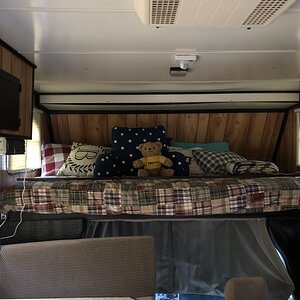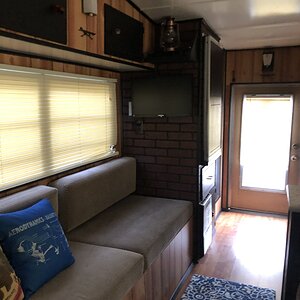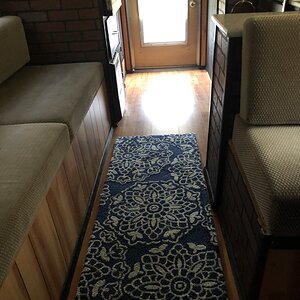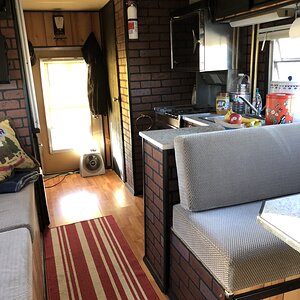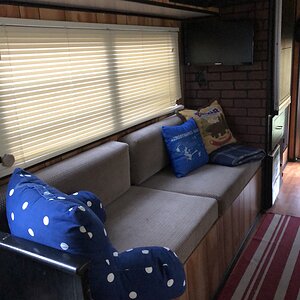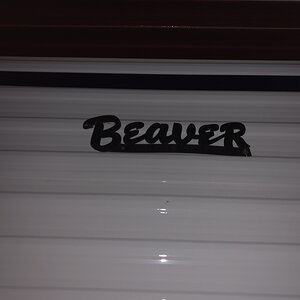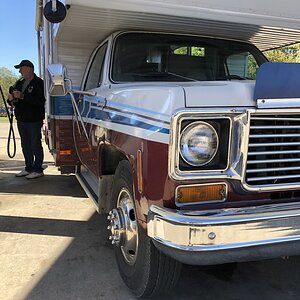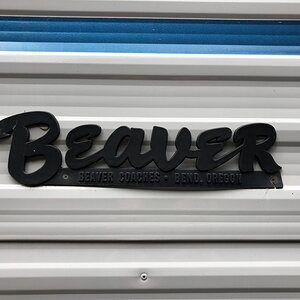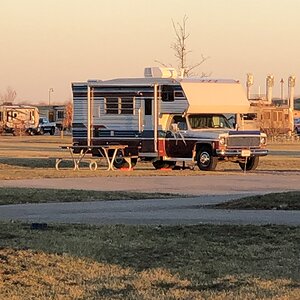Rustymayes
RVF VIP
- Joined
- Sep 11, 2022
- Messages
- 225
- Location
- Vacaville, CA
- RV Year
- 2022
- RV Make
- Newmar
- RV Model
- 4081
- Fulltimer
- No
I park my rig under cover on a level concrete floor and have been automatically deploying the leveling jacks with five inch blocks under them to minimize environmental exposure to the piston rods. Lately however I have questioned the wisdom in having the constant load on the jacks. Am I somehow reliving load on expensive suspension components and tires or is it just best practice to dump the air and let the chassis sit on the stops if otherwise the coach is level? Just wondering what you all think about that and do with your rigs.
Rusty
Rusty



